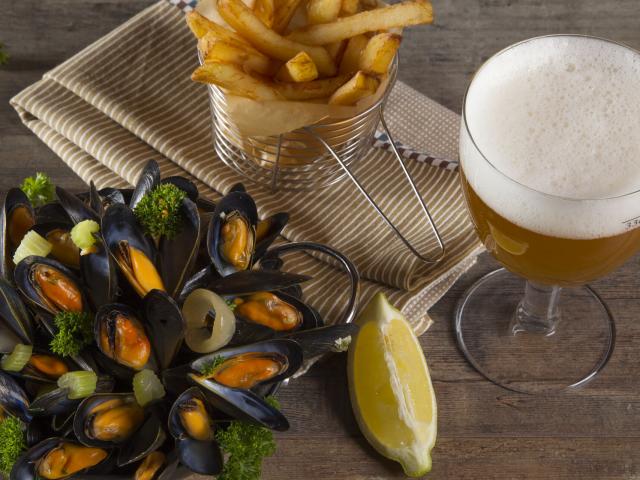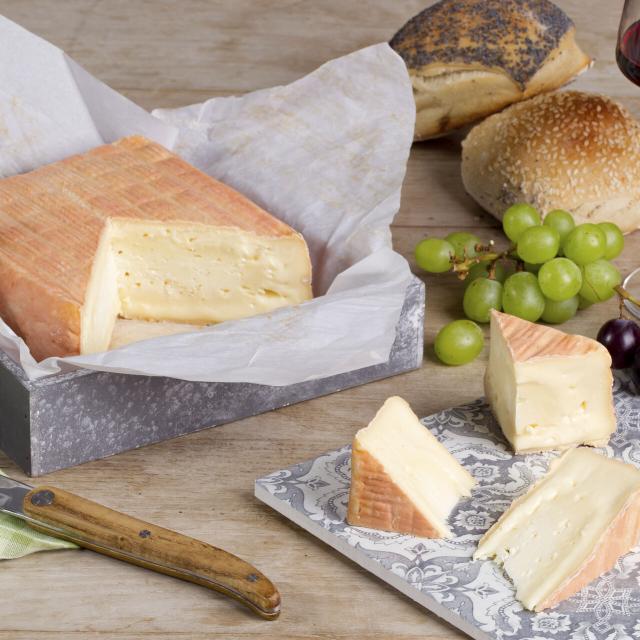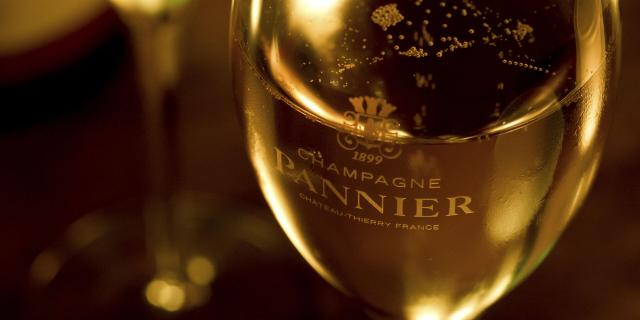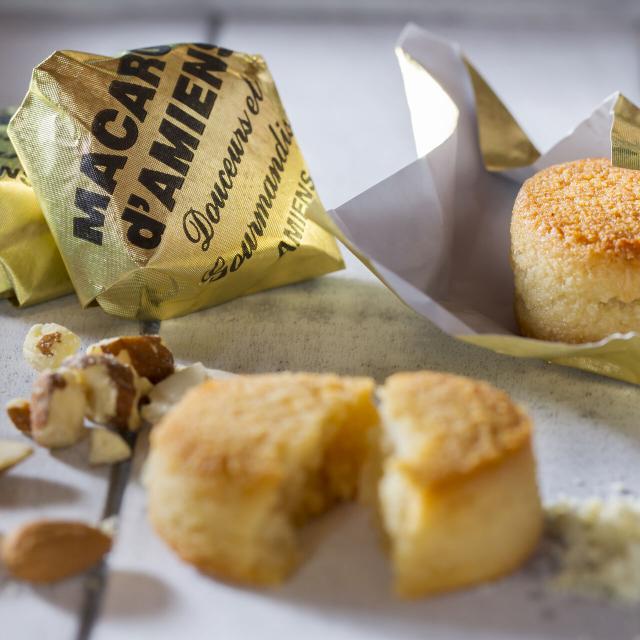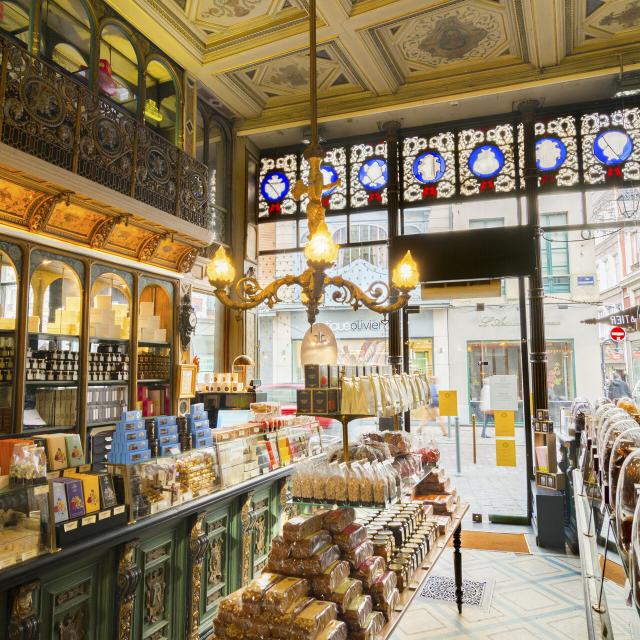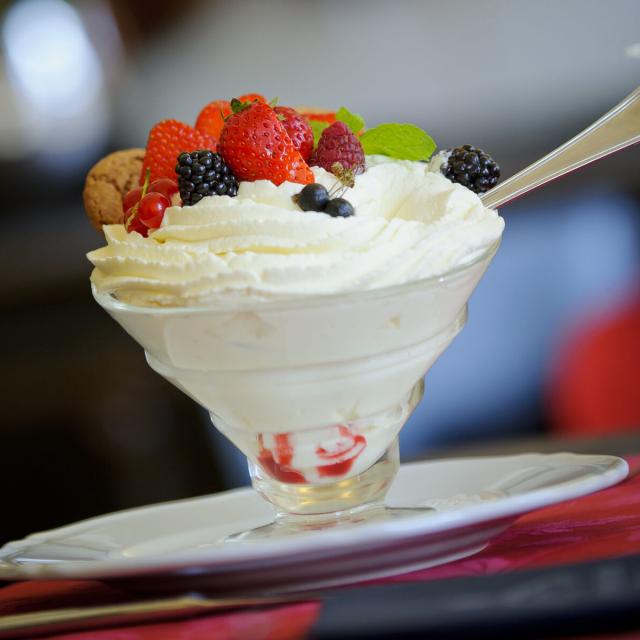Warm your heart with delicious northern French stews. One of the most famous is the Flemish Carbonnade, blending tasty beef with the sweetness of gingerbread simmered in beer. For cheese lovers, Flamiche au Maroilles is an iconic “ch’ti” (northern) pie of local puff or leavened pastry, local Maroilles cheese, cream, eggs and sometimes lardons. If you’re feeling less adventurous in your cheese tastes, try our local Welsh Rarebit. Yes, Welsh Rarebit is a British dish, but our revisited version features local beer and cheese – served in generous portions! For a cold meal, indulge in Potjevleesch (‘meat in a pot’ in Flemish) – a mixture of fine white meats (rabbit, pig, veal, poultry) stewed and served in jelly flavoured with spices and herbs.
Estaminets (typical Flemish restaurants) are convivial places to try out some of the hearty dishes mentioned above. But of course, there’s so much more to our buzzing food scene. A growing number of talented chefs revisit traditional cuisine with a modern twist, using fresh and locally sourced produce. From rustic dishes to refined cuisine, there is something for everyone here.


